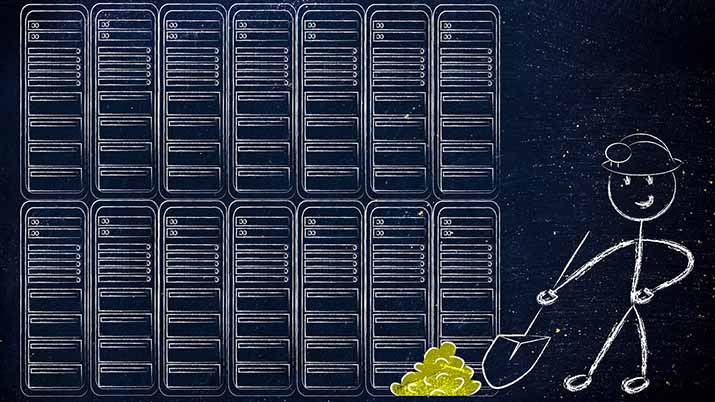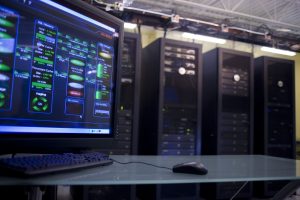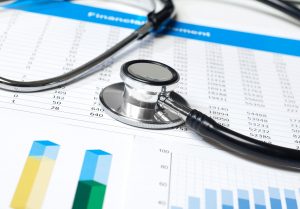Since the 1990s, businesses have used data mining for things like credit scoring and fraud detection. With the increase in accessibility to large amounts of patient data for providers today, the use of data mining in healthcare is being adopted by organizations with a focus on optimizing the efficiency and quality of their predictive analytics.
What is Data Mining?
The purpose of data mining, whether it’s being used in healthcare or business, is to identify useful and understandable patterns by analyzing large sets of data. These data patterns help predict industry or information trends, and then determine what to do about them.
In the healthcare industry specifically, data mining can be used to decrease costs by increasing efficiencies, improve patient quality of life, and perhaps most importantly, save the lives of more patients.
Data Mining in Healthcare Examples
Data mining has been used in many industries to improve customer experience and satisfaction, and increase product safety and usability. Data mining in healthcare has proven effective in areas such as predictive medicine, customer relationship management, detection of fraud and abuse, management of healthcare and measuring the effectiveness of certain treatments.
Here is a short breakdown of two healthcare data mining applications with real-world examples of their use.
Measuring Treatment Effectiveness
This application of healthcare data mining involves comparing and contrasting symptoms, causes and courses of treatment to find the most effective course of action for a certain illness or condition. For example, patient groups who are treated with different drug regimens can be compared to determine which treatment plans work best and save the most money. Furthermore, the continued use of this data mining application could help standardize a method of treatment for specific diseases, thus making the diagnosis and treatment process quicker and easier.
Detecting Fraud and Abuse
This application of data mining in healthcare involves establishing normal patterns, then identifying unusual patterns of medical claims by clinics, physicians, labs, or others. This application can also be used to identify inappropriate referrals or prescriptions and insurance fraud and fraudulent medical claims. The Texas Medicaid Fraud and Abuse Detection System is a good example of a business using data mining to detect fraud. In 1998, the organization recovered $2.2 million in stolen funds and identified 1,400 suspects for investigation. To recognize its success, the Texas system received a national award for its innovative use of technology.
Healthcare Data Mining and its Effect on Patient Privacy
Data mining is proving beneficial for healthcare, but it has also come with a few patient privacy concerns. Massive amounts of patient data being shared during the data mining process increases patient concerns that their personal information could fall into the wrong hands. However, experts argue that this is a risk worth taking.
“There will be criminals. There will be people who are bad actors. At some point, something is going to get out,” Thomas Graf, chief medical officer at Geisinger Health System told The Washington Post. “It’s not an irrational fear. At the same time, people die driving every year and we still choose to drive cars, or most of us do. It’s a risk every person has to decide where they fall on the line.”
Others have suggested letting patients choose whether their information can be used for data mining purposes and then providing a tax break benefit to encourage patients to get involved.
“The goal in healthcare is not to protect privacy, the goal is to save lives,” David Castro, Director of the Center for Data Innovation told The Washington Post.
The Future of Data Mining in Healthcare
The shift from written to electronic health records has played a huge part in the push to use patient data to improve areas of the healthcare industry. The adoption of electronic health records have allowed healthcare professionals to distribute the knowledge across all sectors of healthcare, which in turn, helps reduce medical errors and improve patient care and satisfaction.
Data mining is also projected to help cut costs. If the U.S. healthcare industry continues to use big data to drive efficiency and quality, the value could be significant. According to research from McKinsey and Company, system wide data analytics efforts could cut overall healthcare costs by 12-17%.
According to spending data reported by the Centers for Medicare and Medicaid Services, the United States national healthcare expenditure reached $3.5 trillion in 2017. Applying a 12-17% savings to that number, the estimated cost reduction from system wide data analytics efforts could reach between $420 billion and $595 billion.
The future of healthcare may well depend on using data mining to decrease healthcare costs, identify treatment plans and best practices, measure effectiveness, detect fraudulent insurance and medical claims, and ultimately, improve the standard of patient care.



